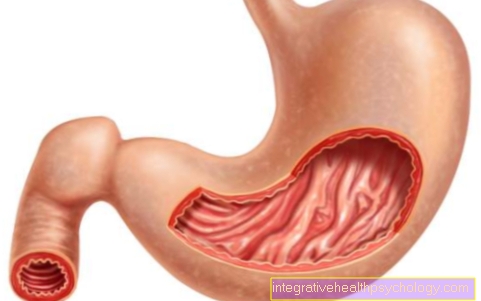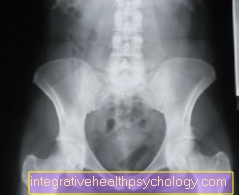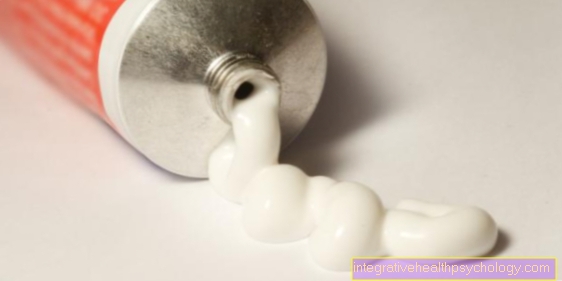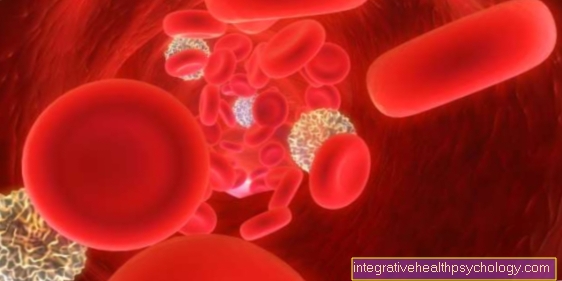Dry macular degeneration
Introduction - Dry Macular Degeneration
The "dry form" is the most common, and there is also the "wet macular degeneration". The diseased area of the retina is a region in the back of the eye and densely populated with photoreceptor cells. Therefore, the macula is the place in the retina that gives us the sharpest vision.
In industrialized countries, macular degeneration is the most common cause of blindness in patients over 50 years of age.

Recognizing dry macular degeneration
What are the symptoms of dry macular degeneration?
At the onset of dry macular degeneration, patients have difficulty seeing small text or small objects nearby. Then, as the disease progresses, vision becomes blurred and there are gray or blank areas in the center of the field of vision.
Straight lines are perceived as wavy or curved, and in some people a blind spot develops in the center of the field of vision, but the vision around it remains intact.
Treating dry macular degeneration
How is dry macular degeneration treated?
The dry macular degeneration can change into a wet macular degeneration due to changes in the eye. For this reason, frequent eye exams are recommended after the diagnosis of the dry form. A regular independent eye test with the "Amsler grid“Is suitable for recognizing the wet form of macuka degeneration, as changes in vision are quickly noticeable.
According to a study published in October 2001 in the journal Archives of Ophthalmology published, it is possible that regular intake of certain nutritional supplements can slow the progression of the disease.
The risk of progressive vision loss could be reduced by approx. 25% if the patients took a combination of vitamins C and E, beta-carotene (pro-vitamin A), iron and zinc.
Preventing dry macular degeneration
How can you prevent dry macular degeneration?
According to scientific studies, foods rich in antioxidants make a significant contribution to maintaining retinal health.
Taking food supplements that contain vitamin C and vitamin E, beta-carotene and zinc together with iron in higher doses can also have a positive effect if there is a risk of macular degeneration.
The positive effect was determined in the study by the following daily dose:
- Vitamin C 500 mg
- Vitamin E 400 I.U.
- Beta carotene 15 mg
- Zinc 80 mg
There are now several preparations on the market that largely contain the dosages tested in the ARED study, e.g .:
- Lutax AMD®
- Ocuvite PreserVision®
- Orthomol AMD Extra®
Cigarette smoking should be avoided as this increases the risk of macular degeneration considerably.
Course of a dry macular degeneration
What is the prognosis for dry macular degeneration?
Dry macular degeneration usually progresses very slowly, regardless of whether it is treated with dietary supplements or not. A normal life is usually possible for those affected, especially if only one eye is affected. Since the prognosis for wet macular degeneration is significantly poorer and vision loss is reached very quickly, it is extremely important to monitor the transformation from dry to wet macular degeneration.
Only 10% of all diseases are macular degeneration. However, this form of macular degeneration is afflicted with severe vision loss in 90% of cases and must be treated.
How does dry macular degeneration develop?
The dry form of macular degeneration is a destruction of the retinal pigment epithelium (RPE). The RPE is a layer in the retinal tissue that is responsible for the breakdown of used, rejected photoreceptor cells and for the vitamin A metabolism.
Metabolic products are deposited in the RPE, so that the pigment epithelium then loses photoreceptors on the macula (the place of sharpest vision) and pigments. The uniform red color of the macula in a healthy state becomes irregular and fatty deposits (drusen) appear in the retina. These can be seen as yellowish points during the examination.





























